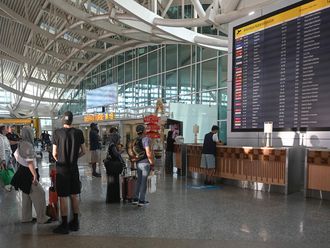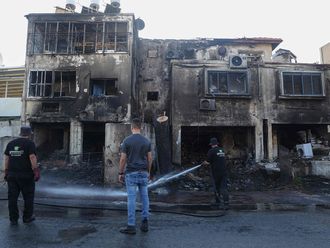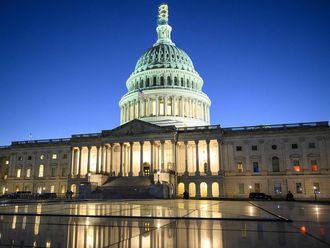Tokyo: A strong 6.0-magnitude earthquake shook buildings in the Japanese capital Tokyo early Monday, slightly injuring 17 people, but officials stressed there was no risk of a tsunami.
Tokyo inhabitants - set to enjoy a national holiday - were woken shortly after dawn by the quake, which jolted the city’s densely-built apartments and office blocks.
Local media said 17 people injured themselves as they stumbled while trying to take cover, with a 74-year-old woman dislocating her shoulder.
Some objects fell from shelves and furniture wobbled.
The epicentre of the quake - which hit at 5:18 am (2018 GMT Sunday) - was near Izu Oshima island southwest of central Tokyo, the Japanese meteorological agency said.
The US Geological Survey said the quake had a magnitude of 6.0, revised upwards from 5.8, and struck at a depth of 155 kilometres (96 miles) and 98 kilometres away from Tokyo.
But it was felt more strongly in the centre of the Japanese capital than in surrounding regions due to the complex way the seismic waves travelled underground along tectonic and fault lines, experts told local media.
The Japan Meteorological Agency said moderate aftershocks are possible for the next few days.
A number of train lines automatically stopped as the quake struck, but were restarted again a short time later.
The Nuclear Regulation Authority said regional nuclear plants including the crippled Fukushima Daiichi plant were undamaged.
Three of the reactors at the plant went into meltdown after a huge 9.0-magnitude earthquake sparked a massive tsunami in March 2011.
The wave destroyed vast swathes of the coastline as it smashed into Japan’s northeast, killing more than 18,000 people.
Japan is situated at the meeting place of several of the Earth’s tectonic plates and experiences a number of relatively violent quakes every year.
But strict building codes frequently mean that even powerful quakes that might wreak havoc in other countries can pass without much damage.












